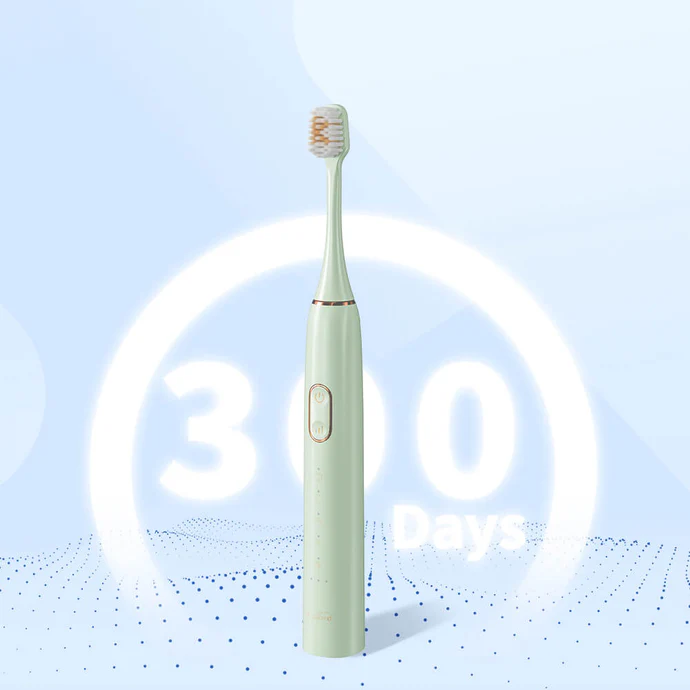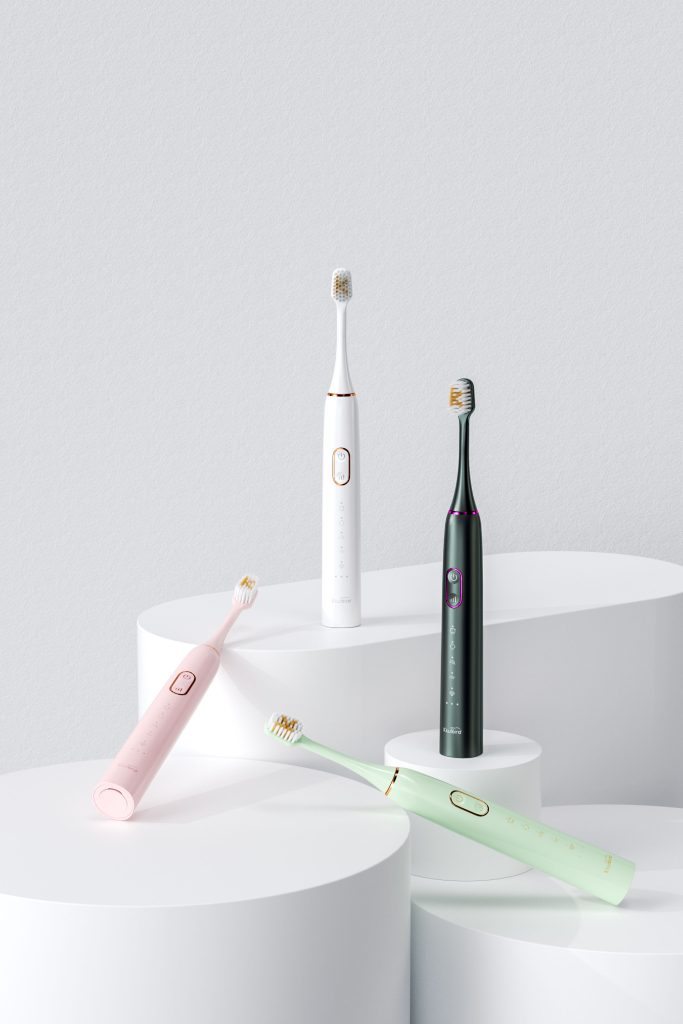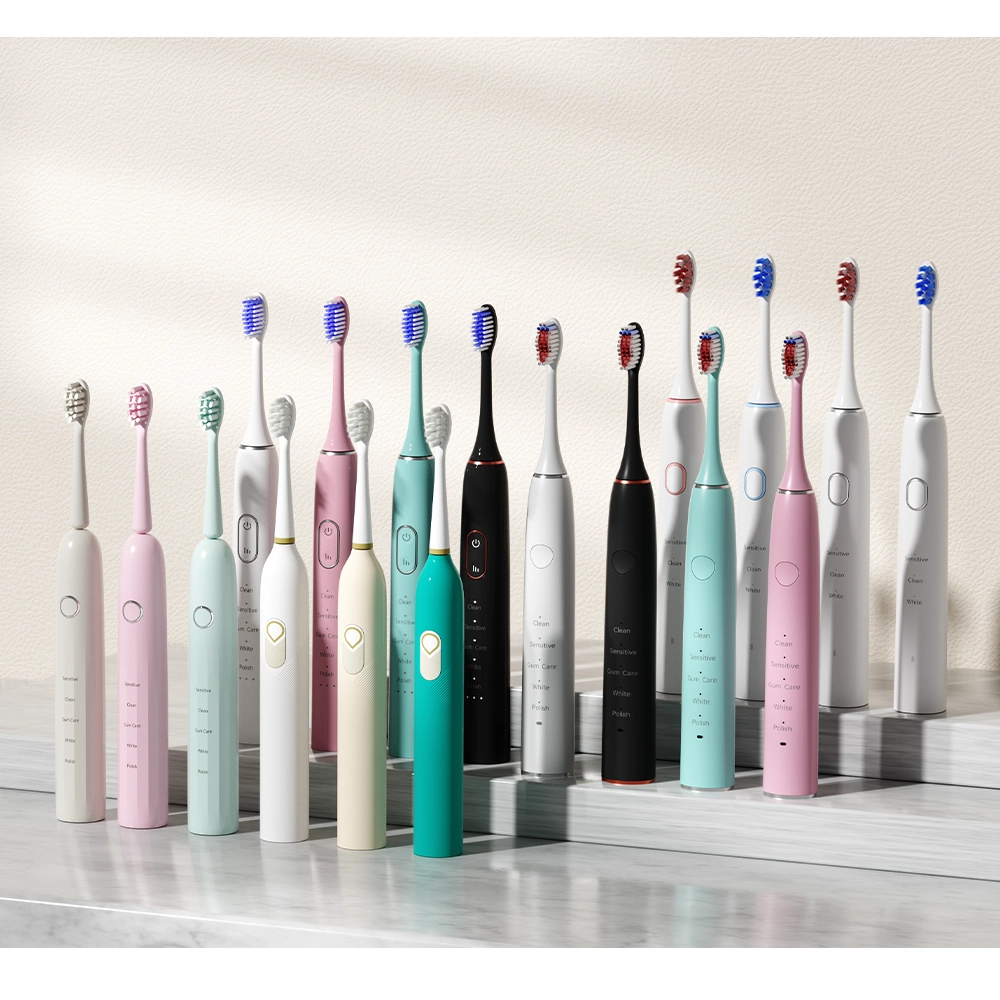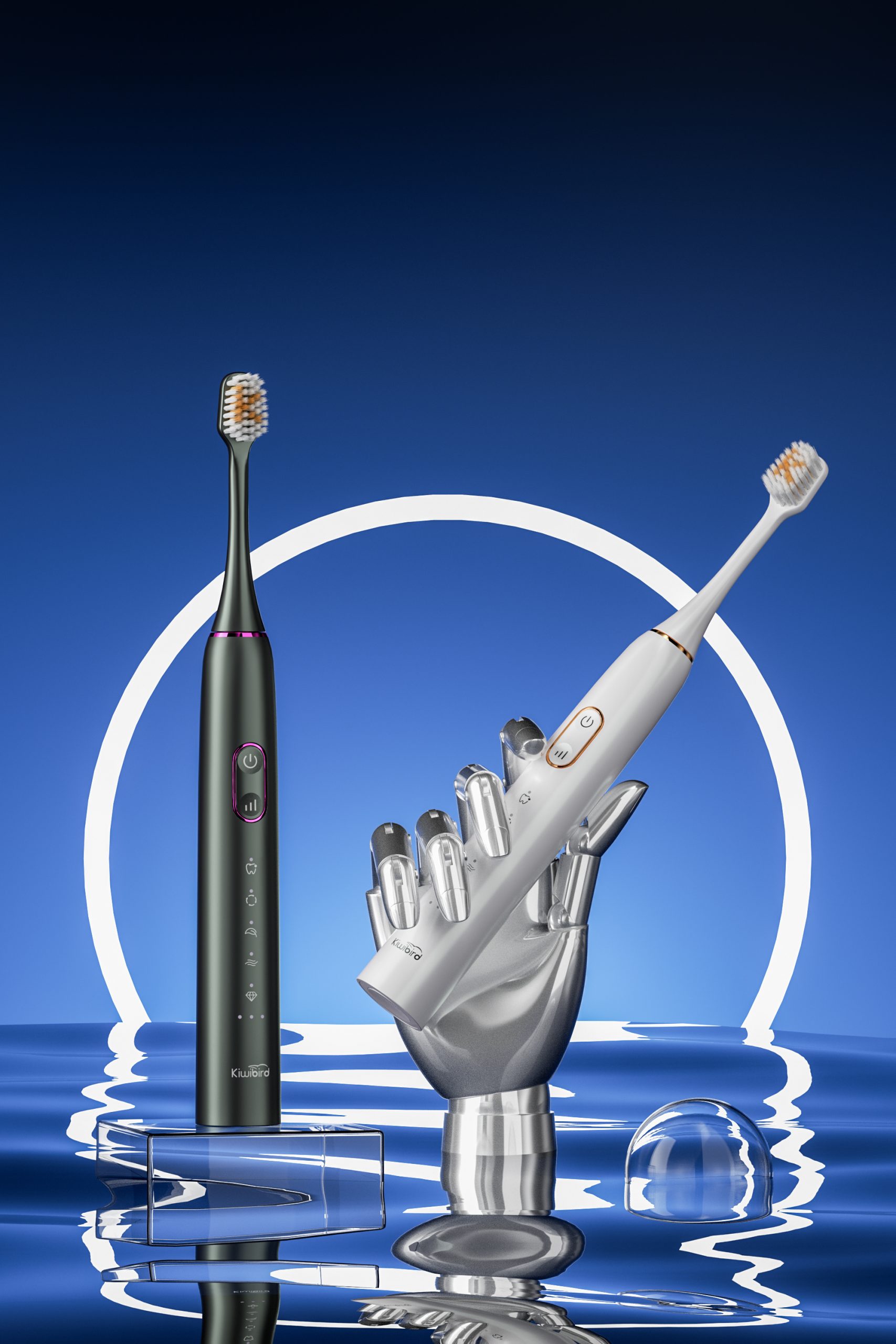In today’s fast-paced electronics market, issues such as Battery Corrosion and Charger Incompatibility are increasingly becoming a critical concern for manufacturers and end users alike. These problems not only compromise device performance but also affect reliability and safety, prompting manufacturers to reexamine their materials and design strategies. In this blog, we explore the causes behind battery corrosion and charger incompatibility, analyze their impact on product lifecycle, and propose actionable strategies to mitigate these challenges.
As consumers demand longer battery life and seamless charging experiences, ensuring reliable performance has never been more important. Modern devices rely on robust battery technology, yet issues like Battery Corrosion can severely impair energy storage capabilities. Simultaneously, Charger Incompatibility—where chargers fail to match the technical specifications of the battery or device—can lead to inefficient charging and potential safety hazards. Together, these challenges threaten not only product efficiency but also brand reputation, urging manufacturers to seek innovative and resilient solutions.
Battery Corrosion typically occurs when chemical reactions degrade the battery’s internal or external components. Common causes include:
Consequences of battery corrosion extend to reduced battery capacity, increased internal resistance, and ultimately, a shorter overall lifespan of the device. Recognizing the early signs of corrosion is vital for implementing timely preventive measures.
Charger Incompatibility refers to situations where the charger fails to effectively communicate or deliver the appropriate voltage and current to the battery. This can be caused by:
Such incompatibility can accelerate battery wear, contribute to overheating, and potentially increase the risk of Battery Corrosion due to inconsistent charging profiles. Company web:https://www.powsmart.com/product/electric-toothbrush/
Notably, the issues of Battery Corrosion and Charger Incompatibility are often interlinked. When a charger is incompatible:
Thus, addressing charger issues is not only about improving the charging process but also a preventative measure against battery degradation.
Manufacturers seeking to tackle these issues can adopt several proactive strategies:
Looking ahead, the evolution of battery and charging technology is set to address these persistent challenges. Emerging trends include:
By embracing these technological advancements and committing to continuous improvement, manufacturers can safeguard product performance, reduce maintenance costs, and bolster customer trust in an increasingly competitive market.
Conclusion
The dual challenge of Battery Corrosion and Charger Incompatibility poses significant risks to device performance and longevity. By understanding their interrelated causes and implementing advanced design, quality control, and smart charging solutions, manufacturers can overcome these challenges effectively. As the industry continues to evolve, ongoing innovation and proactive maintenance strategies will be crucial in ensuring that devices not only meet but exceed user expectations.
Interested in learning more about optimizing battery and charger integration for enhanced durability? Contact us today for customized solutions and expert insights tailored to your manufacturing needs.



FDA-Approved Antibacterial Bristles of Electric Toothbrush: A Safety Guide for Oral Care
.jpg)
Best Electric Toothbrush With Pressure Sensor in Houston?
Waterproof Performance vs. Temperature Sensitivity?
Explaining the Teeth Whitening Device and How to Use It?
-3-scaled.png)
Home vs. Professional Red and Blue Light Teeth Whitening Devices: Wavelength Stability and Energy Density Comparison
.jpg)
How to Choose a High-Profit Electric Toothbrush? A Must-Read Guide for Distributors
Why Do Efficacy Comparisons Focus on Bleach Breakdown?
.jpg)
Ergonomic Design in Electric Toothbrushes: OEM Best Practices

How a Gentle senior brush protects Sensitive elderly gums
Charging Time Efficiency & Oral pH Alteration: A Subtle Link?

Is the Gujarat travel toothbrush truly a Durable travel toothbrush?

Water Flosser Market Trends in 2025: Consumer Preferences and Innovative Technologies
Why Does Whitening Efficacy Decline Trigger Pulse Intensity Spikes?

How to Effectively Reduce the After-Sales Return Rate of Electric Toothbrushes
Occlusal Interference Plus Jaw Fatigue – Design Flaw?
Why Do Pediatric Warnings Address Bleach Residuals?

electric toothbrush heads Ultra Soft

Private Label Whitening Gel
.jpg)
Florida Electric Toothbrush – Powsmart PTR-C8

electric toothbrush heads Charcoal Infuse-Round

electric toothbrush heads Regular Clean

electric toothbrush heads Deep Clean

Electric toothbrush heads Charcoal Infused-Diamond

Customization Teeth Whitening Gel
whstapp
whstapp
National Toll-Free Service Hotline
+86 755 86238638